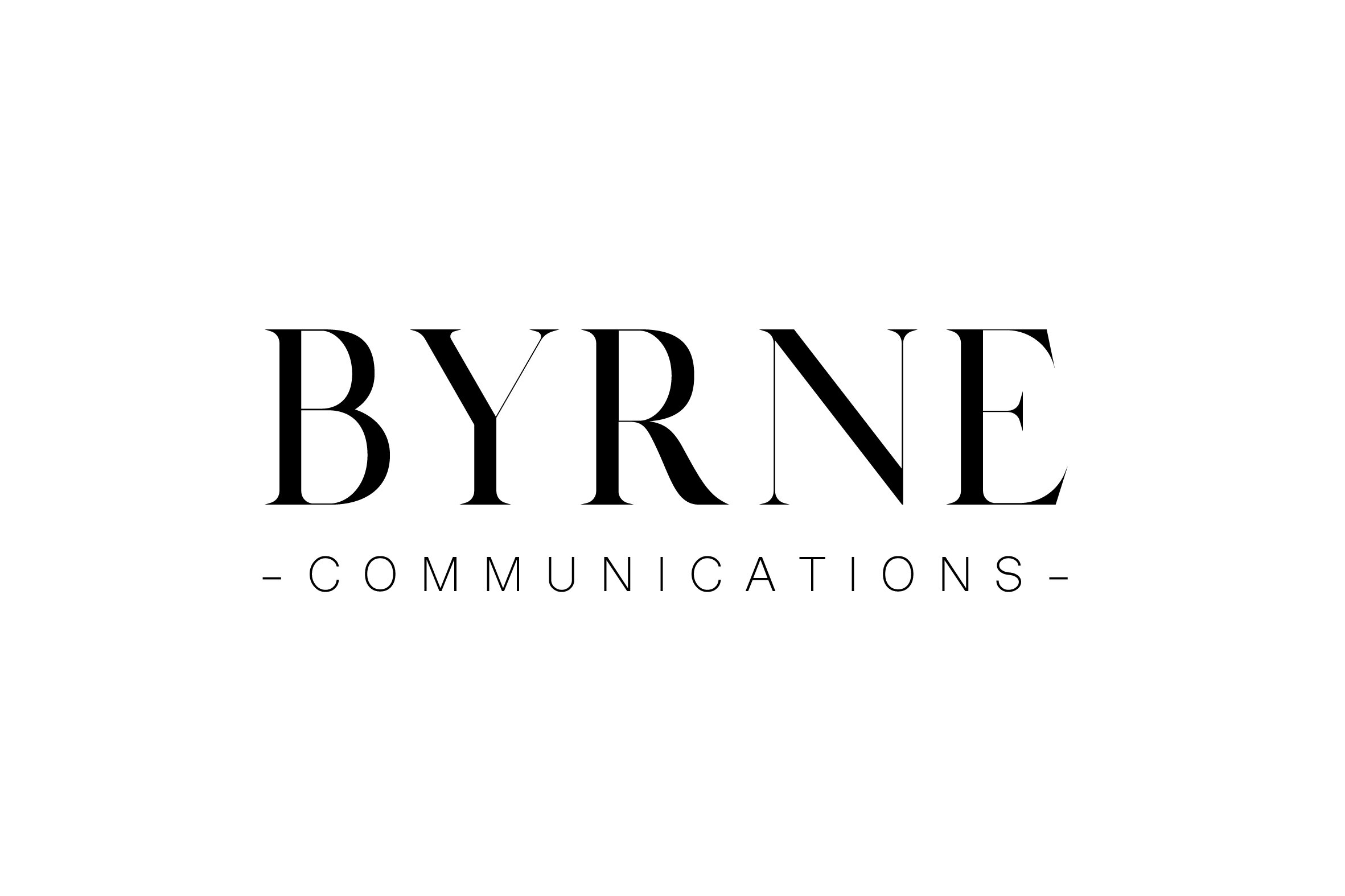British glass artist, Max Jacquard has been commissioned by the Royal Palaces to design and cast 12 giant commonwealth symbols and one crown to illuminate the Queens Garden at the Tower of London for Her Majesty’s Platinum Jubilee celebration ‘Superbloom’. Each sculpture will be encircled by millions of flowers with a planting scheme to attract bees, pollinators, and seed-eating birds in the heart of the City of London. For the first time, a space built in the 13th century to keep people out of the Tower, will welcome visitors in - from June – September 2022, it will be open every day for visitors to explore and see the spectacle of the ‘Superbloom’.
In recent years, the space is best known for being the setting for two major commemorations of the Centenary of the First World War: the 2014 ‘Poppies’ and 2018 ‘Flames’ installations.
Each glass design has been inspired by the original embroidered motifs on the Queen’s coronation dress created in 1952 by Norman Hartnell with a huge crystal crown as the centrepiece. 2022 is the International Year of Glass and Max Jacquard Studio is one of Britain’s most celebrated glass artists. Based in Kent at a studio he shares with his partner artist Dawn Bendick, he was chosen from a range of British craftsman to create the stunning centrepieces working closely with Nigel Dunnett, the head gardener for the Superbloom event.
Each work of art is set on cradles mounded on steel rods sitting 5m above the garden. Max Jacquard’s studiohas painstakingly created thousands of diamonds, cords, and pearls from glass for the sculptures over three months with a full-time team of 5 people. A total of 3,517 jewels were modelled in wax with over 7,623 pieces press moulded for the 700mm high sculptures in coloured glass.
The 12 glass flower castings include the Canadian maple, Australian Wattle and Scottish Thistle. Designs were drafted on the computer, printed out to scale and clay and wax models created. Silicone and plaster moulds were made for gems and diamonds using the ancient lost wax method. Cold coloured glass was laid into each section of the mould to create a stunning colour palette and fired to 825 degrees centigrade before being cooled for 3 days, the mould broken, and the glass cleaned and polished by hand. Coloured gems on the crown were shattered and heat polished to accurately reference the gems on the Imperial State Crown which are not faceted.
The project has been conceived by Historic Royal Palaces (HRP) – the charity which cares for the Tower of London - and planned for several years. HRP is working with landscape architects Grant Associates and University of Sheffield Professor of Planting Design andUrban Horticulture, Nigel Dunnett – both of whom have extensive expertise in urban horticulture and landscape design – to bring the project to life. Their design will bring a burst of spectacular natural beauty to the Tower, whilst creating a significant new and much needed resource for pollinators and seed-eating birds. Early tests in Summer 2021 have already demonstrated the power of even a small number of flowers to increase the biodiversity in the moat. When the ‘Superbloom’ display ends in September 2022, the new natural landscape created to support it will remain in the moat as a permanent Jubilee legacy.



